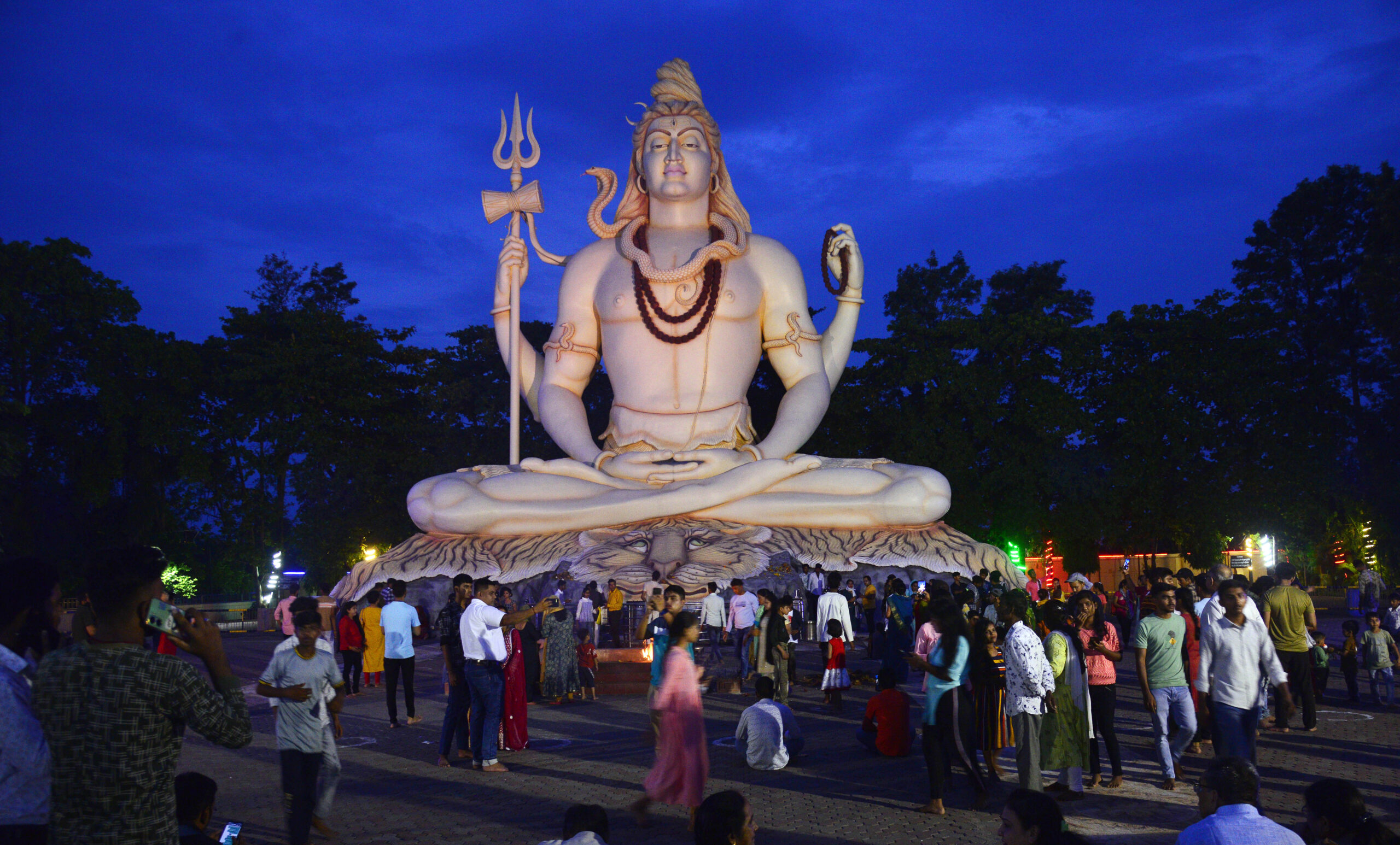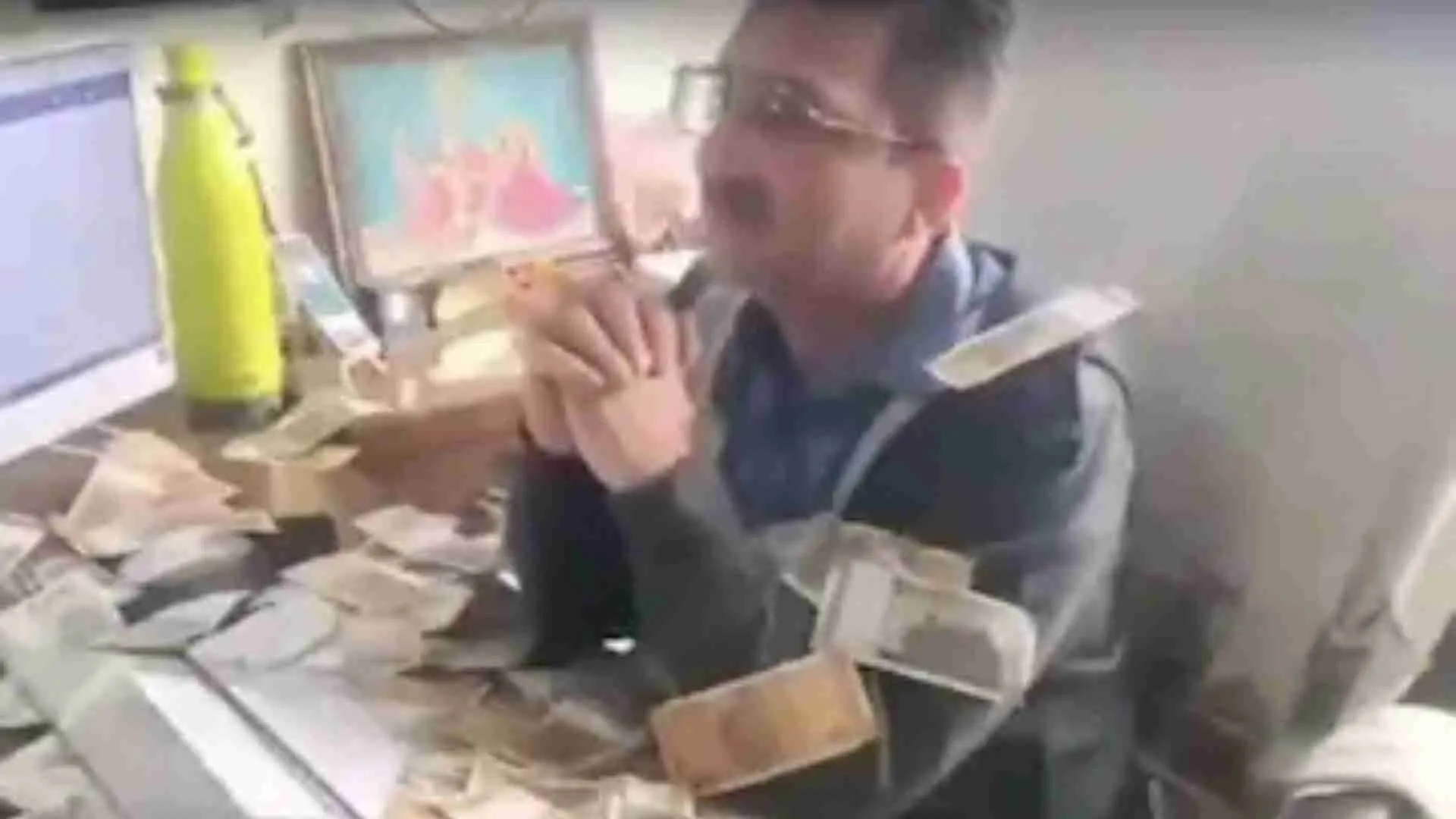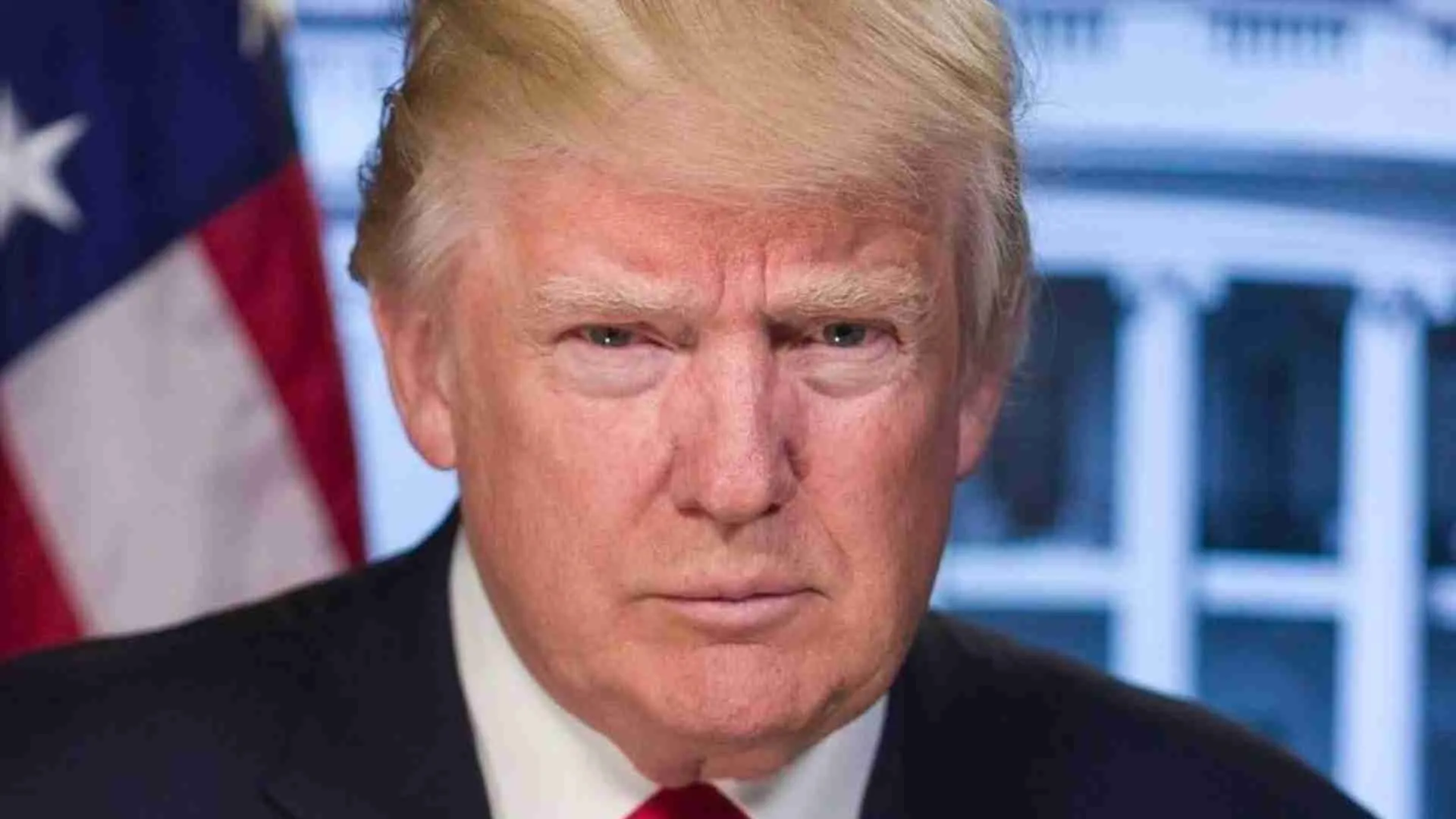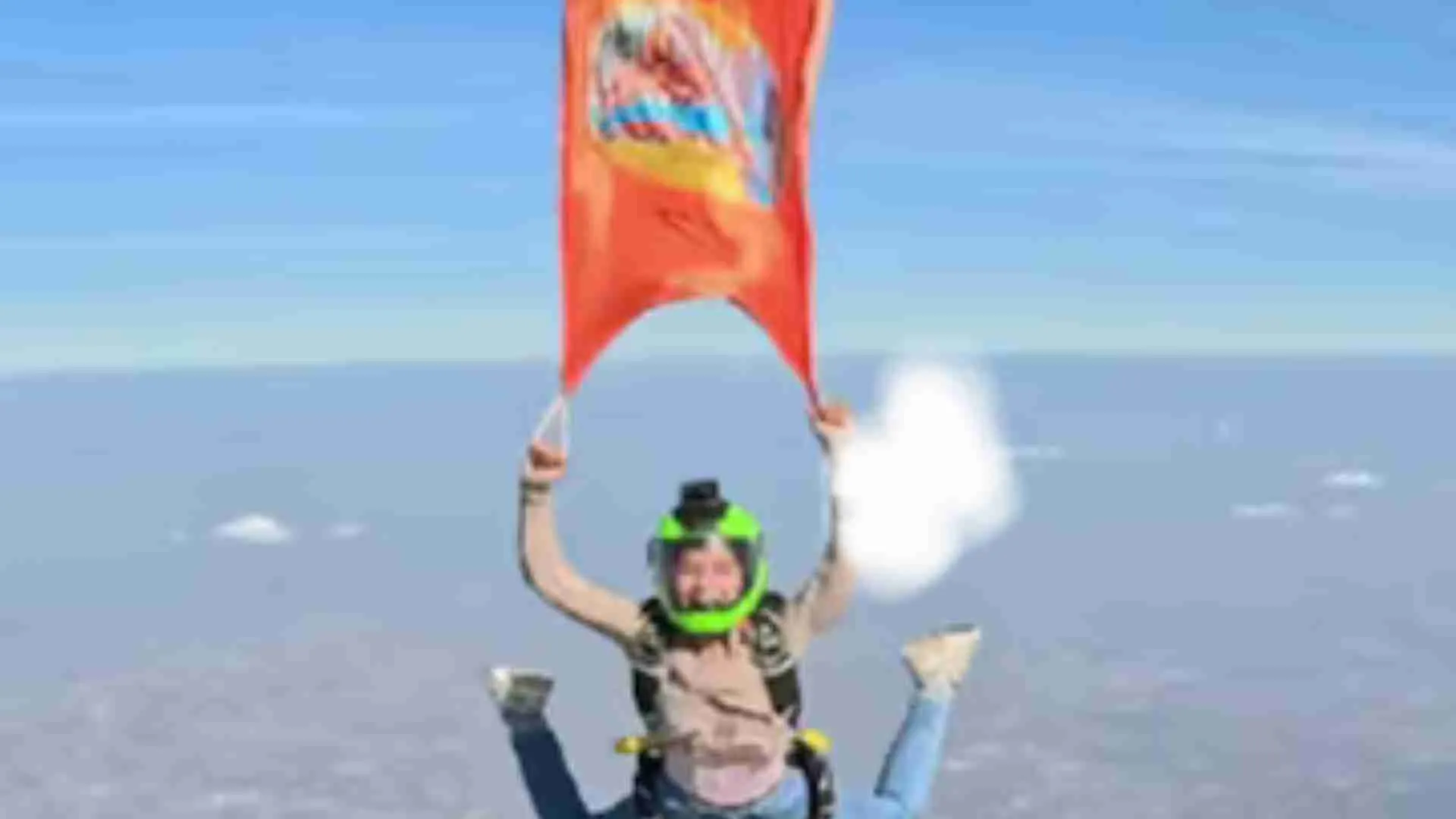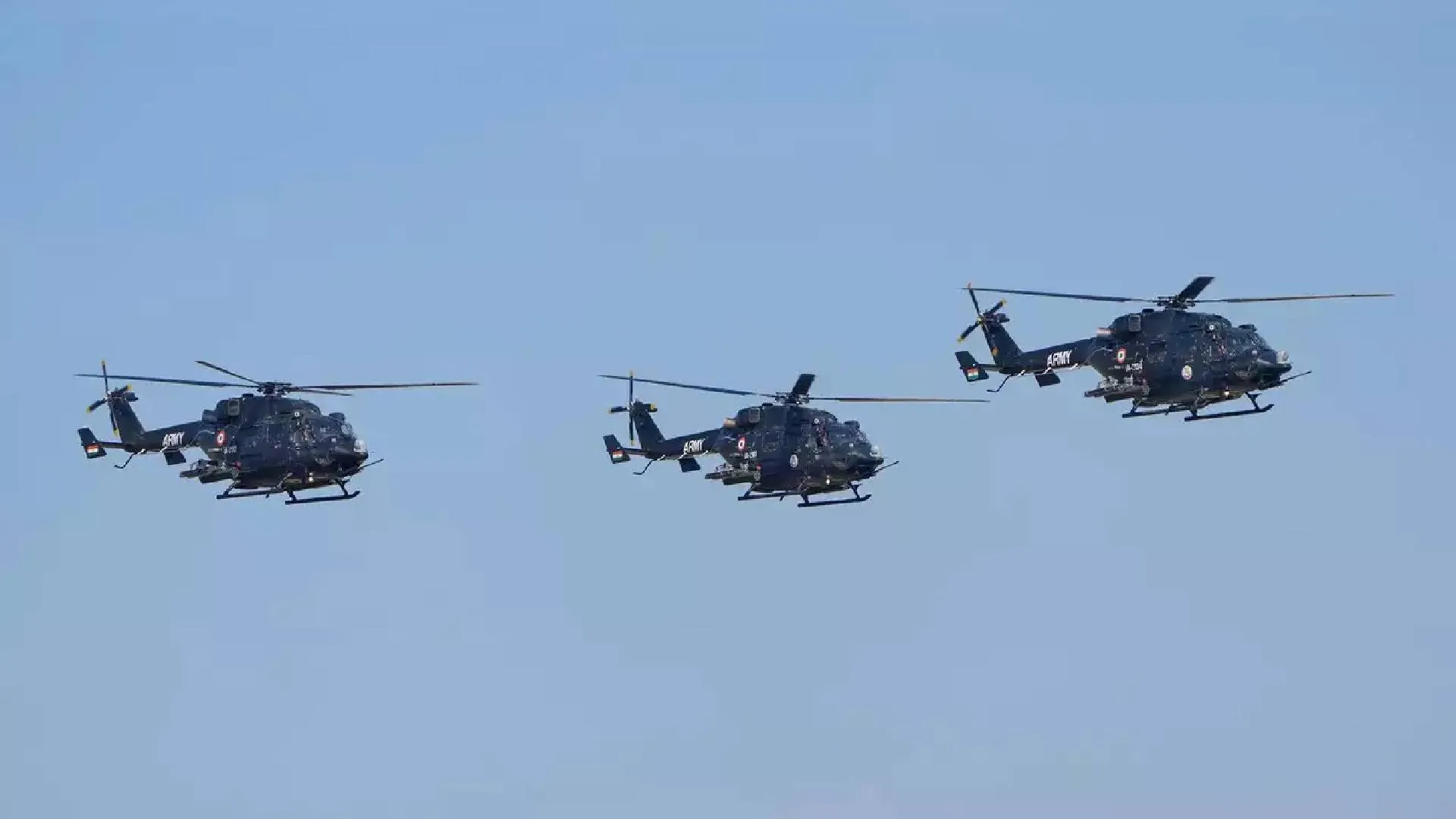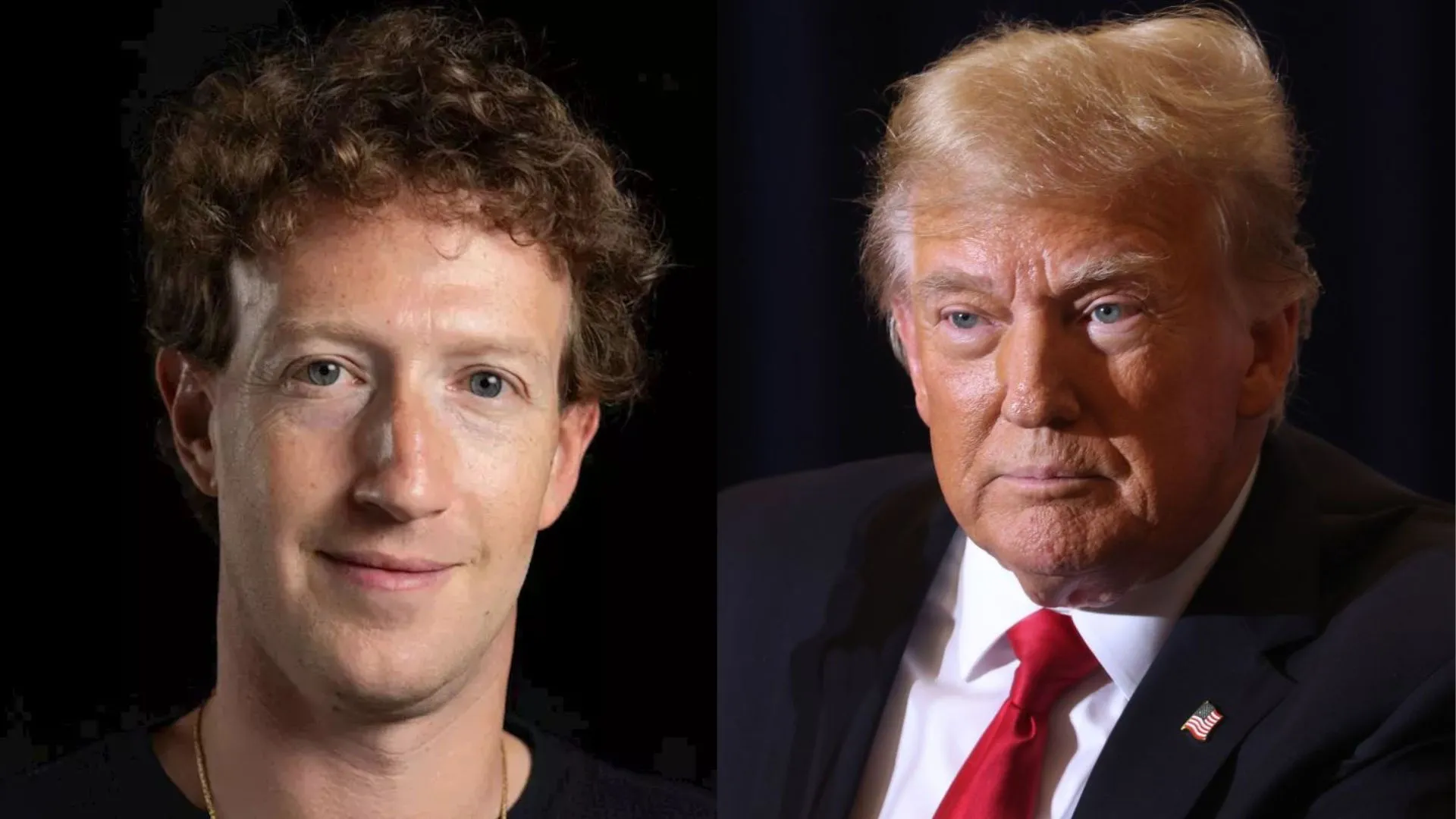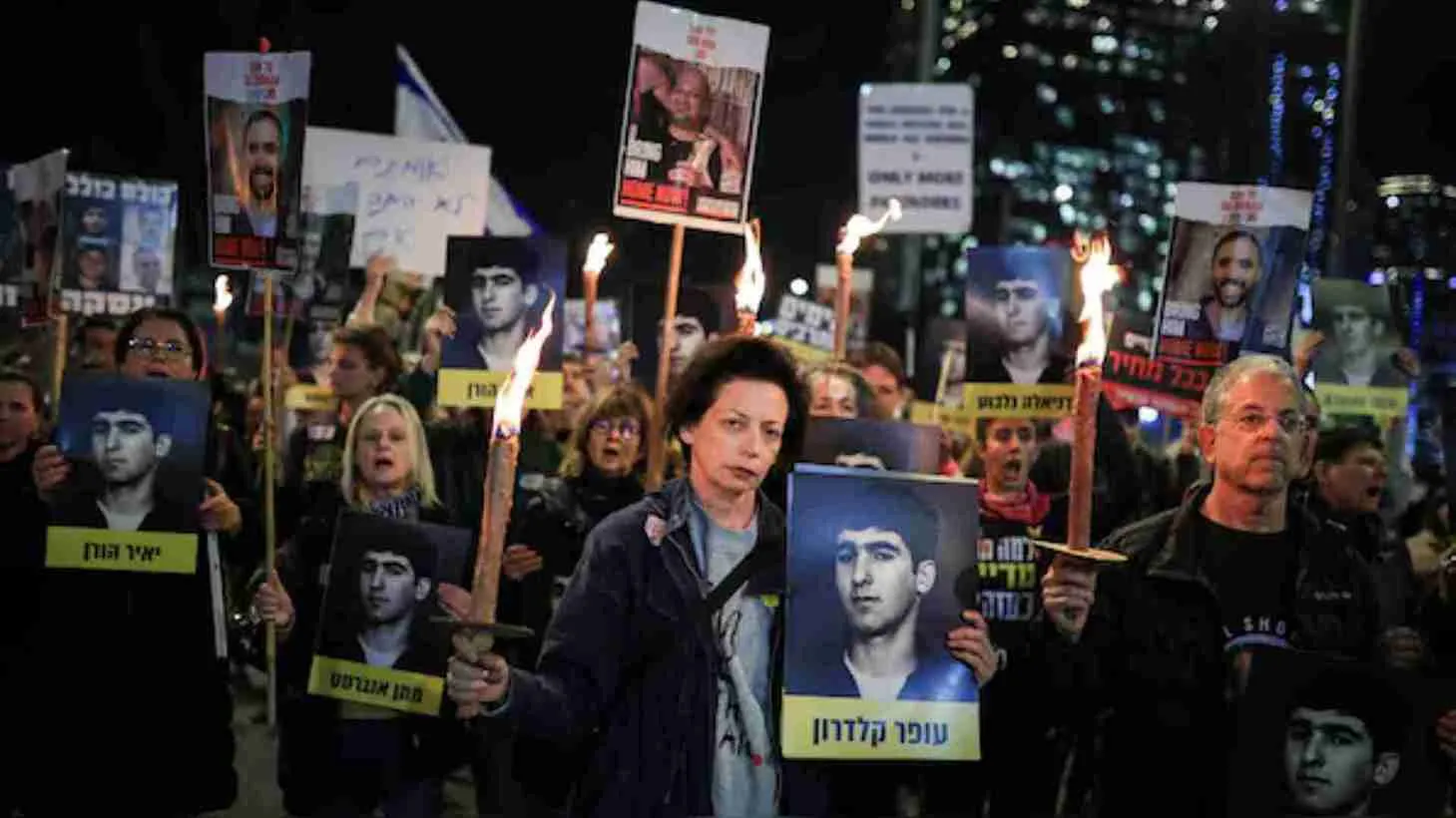Maha Shivaratri is indeed a significant and widely celebrated Hindu festival dedicated to Lord Shiva. Devotees participate in various rituals and activities to express their reverence and devotion to the deity. The Mahakaleshwar Temple in Ujjain holds a special place for worshippers during this auspicious occasion.
The ‘Bhasma Aarti’ performed by the priests is a sacred ritual where Lord Shiva is adorned with ash (bhasma), symbolizing the transient nature of life. The beautiful lighting and decorations at the Mahakaleshwar Temple create a festive atmosphere, attracting devotees from far and wide.
The artistic expressions of devotion by renowned artists across the nation add a unique dimension to the celebration. Sudarshan Patnaik’s sand sculpture in Puri and Ajay Gupta’s biscuit replica of the Kedarnath temple showcase the diverse ways in which people express their spiritual sentiments through art.
The significance of Maha Shivaratri, commemorating the marriage of Lord Shiva and Goddess Parvati, is deeply rooted in Hindu mythology. The festival also highlights the cosmic dance of Lord Shiva known as the ‘Tandav,’ symbolizing the rhythmic cycles of creation, preservation, and destruction in the universe.
The belief that the stars in the Northern Hemisphere are in an optimal position on this night to elevate one’s spiritual energy adds a celestial aspect to the celebration. Many devotees observe fasting, engage in prayers, and participate in night-long vigils to honor Lord Shiva and seek his blessings on Maha Shivaratri.
Overall, Maha Shivaratri is a time for spiritual reflection, devotion, and celebration as devotees come together to express their love and reverence for Lord Shiva.

